With June 5th being World Environment Day, I thought I would focus the next few articles around understanding sustainability and what we can do to build sustainable practices.
I did my undergrad in Environmental Sciences. I studied it for three years and went on to doing an honours in Journalism and Media Studies with the hope that I would become an environmental activist or journalist. While the future had other plans for me, I still managed to volunteer, work and intern at a lot of environment focused NGO’s and CSO’s including CEE, Environmental Support Group, Greenpeace, United Nations Environment Program. I also got the opportunity to set up and lead CSR in my previous role and we did work in the space of environment and sustainability. So, in my column I’m going to share some of the insights and learnings that I picked up on the way.
Let’s first understand sustainability and what it means. The ones that I find most lucid and easy to understand are:
The 1987 United Nation’s Brundtland Commission’s definition, “Meeting the needs of the present generation without compromising the ability of future generations to meet their own needs.”
The concept of sustainability is composed of three pillars: economic, environmental, and social—also known informally as profits, planet, and people.
Here’s what Business Sustainability is:
Business sustainability, also known as corporate sustainability, is the management and coordination of environmental, social and financial demands and concerns to ensure responsible, ethical and ongoing success. In a broader context, social, environmental and economic demands are considered the three pillars of sustainability.
Now that we have these concepts clarified, let’s look at what the Sustainable Development Goals are and what they aim to achieve.
According to UNDP:
The Sustainable Development Goals (SDGs), otherwise known as the Global Goals, are a universal call to action to end poverty, protect the planet and ensure that all people enjoy peace and prosperity.
These 17 goals build on the successes of the Millennium Development Goals, while including new areas such as climate change, economic inequality, innovation, sustainable consumption, peace and justice, among other priorities. The goals are interconnected – often the key to success on one will involve tackling issues more commonly associated with another.
- No Poverty
- Zero Hunger
- Good Health and Well-being
- Quality Education
- Gender Equality
- Clean Water and Sanitation
- Affordable and Clean Energy
- Decent Work and Economic Growth
- Industry, Innovation, and Infrastructure
- Reducing Inequality
- Sustainable Cities and Communities
- Responsible Consumption and Production
- Climate Action
- Life Below Water
- Life On Land
- Peace, Justice, and Strong Institutions
- Partnerships for the Goals
If we put on the lens of business and look at these goals, we will realise that all of us in all the businesses that we work with and in are somehow connected to them.
Is there scope for us to be more sustainable in our practices as people, brands and organizations? Absolutely! Research shows that while a lot of companies consider themselves to be sustainable, they actually are not and are usually only meeting one third the criteria of sustainability.
Companies that are sustainable take into account environment, economic and social issues. Balanced sustainability programs are a balance of all three but usually the environment takes centre stage and the others get left behind. They are each so deeply connected that you can’t work on one and not work on the other…
While this seems like a lesson in sustainability and social sciences, I am coming to the part where we can take action and create programs and impact that will matter.
Sustainability has caught on and now CEO’s realise that for success, you need sustainability and with roles like Chief Sustainability Officer opening up, this widens the window of scope and helps bring the focus to what companies do to be more sustainable from creating products and services to operations and marketing, sustainable practices can be adopted for success.
Since we have got the what of sustainability, let’s look at how now:
- Bring sustainability into conversations and discussions
- Make it a part of your planning and strategy
- Invest in sustainability – time and resources
- Understand the issues that can be addressed and build accordingly
- Leverage products and services to cater to the issues
- Build a sustainable consciousness and train people and induct them into it
- Craft conversations and content by thinking of the sustainability angle
- Ask the right questions and solve for the right problems
- Nurture a consumer consciousness
With these you will see a shift towards thinking more on sustainability and small changes that go beyond just going green and focusing on the environment will contribute to the greater consciousness and build sustainability long term…

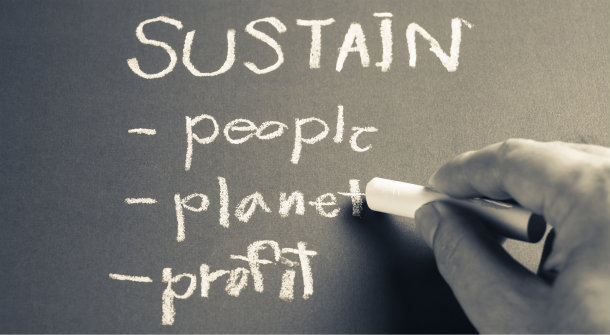

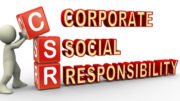
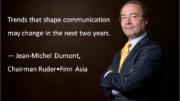
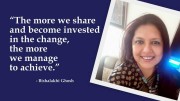
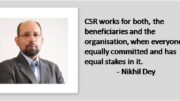
Be the first to comment on "Decoding Sustainability – A Communications Perspective"